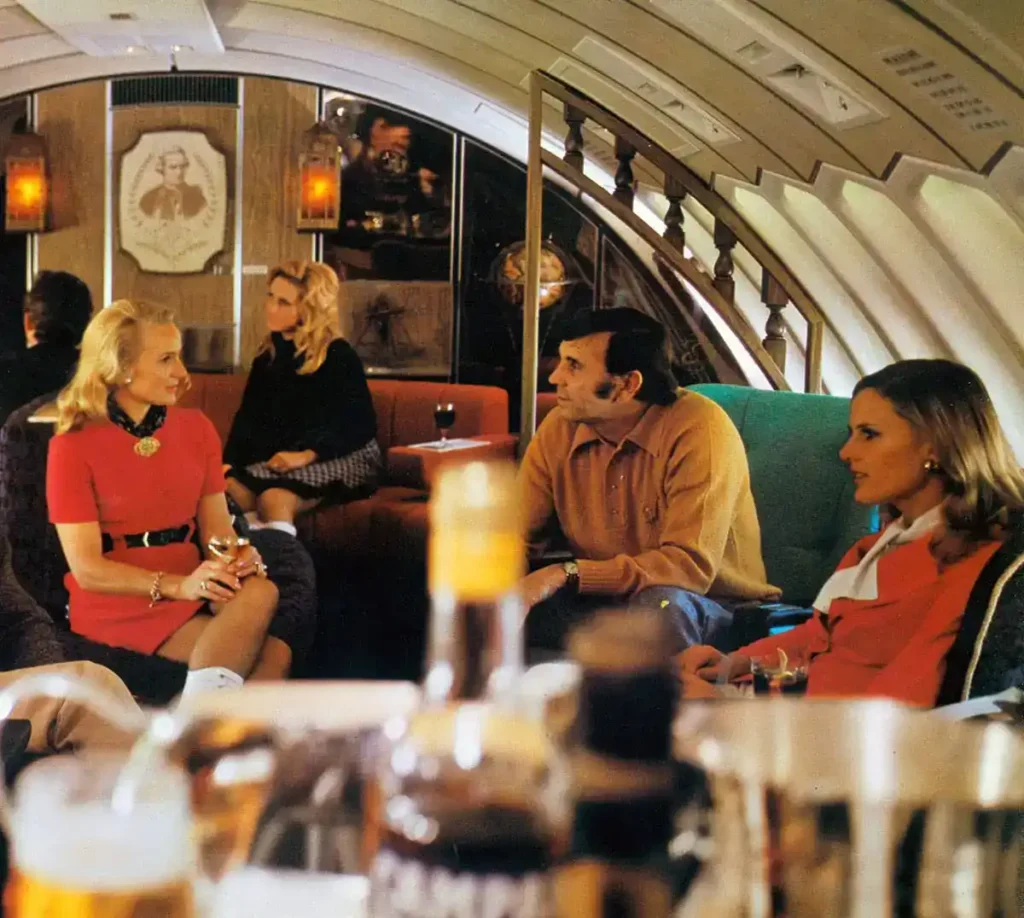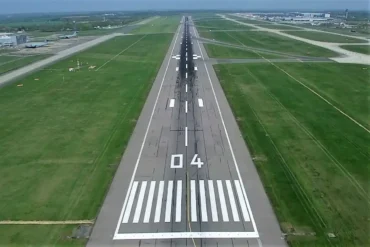Can you believe it’s been about 40 years since business class first took off? It’s come a long way since then! These days, flat beds are a must-have, so airlines are always trying to come up with cool new ideas to stand out while keeping costs in check. Let’s take a quick trip through time and see how business class has changed over the years.
Where it all began
Back in the 1970s, airlines noticed that frequent flyers needed something more. Economy was getting cramped, and more people were flying all the time. First class had been around for a while (TWA started two-class cabins in 1955, and there were even fancier options way back in the Flying Boat days), but business class was born to give some economy passengers a bit more space and comfort.
In the 70s, some airlines started setting aside special areas in the main cabin for frequent flyers or full-fare economy travelers. They used the same seats but made it feel more exclusive. For example, Japan Airlines came up with the ‘Tachiana’ (Orange Blossom) cabin in 1975, KLM offered something called ‘Full Fare Facilities’, and Delta introduced the Delta Medallion service.
Making things even better
People loved this idea, so airlines kept improving it. British Airways launched an ‘Executive Cabin’ on their Boeing 747 in 1977, with fewer seats and better service. They made it even fancier in 1979 with ‘Club Class’, which had much nicer food and drinks.
Pan Am joined the party in 1978 with ‘Clipper Class’, offering better service and access to first-class lounges. Thai Airways might have been the first to actually use the term ‘Business Class’ when they introduced it on their long flights in 1977.
Even though things were getting better, these upgrades were still basically economy seats and tickets with some extra perks.
A whole new world: the business class cabin
It wasn’t until the late 1970s that airlines took a big leap and created a real business class cabin. Qantas led the way, offering roomy business class seats, better service, and entertainment, all for just 15% more than economy.

Other airlines quickly followed suit. British Airways unveiled a 2-2-2 business seating layout in a ‘Super Club’ cabin in 1981. Pan Am and TWA jumped on board too, with TWA even using old first-class seats in their new cabin.
British Airways changes the game with flat beds
Airlines kept making seats and services better as business class became more popular. Throughout the 1990s, many airlines introduced bigger seats with leg rests and more recline.
Then, in March 2000, British Airways teamed up with a British company called Tangerine to create something amazing: the first flat bed for business class. This was a game-changer! It was a real, flat bed where the seat lined up perfectly with the reclined position. It was super comfy, and British Airways still uses a similar design today.

The race to be the best
Since flat beds showed up in 2000, most airlines have added them to their business class. Different companies make all sorts of seat designs, so a lot of airlines ended up with similar offerings.
To stand out and give passengers something special, airlines have been coming up with new ideas. British Airways, for example, has been working on making their food, drinks, and bedding even better. American Airlines followed their lead with something called the ‘International Flagship’ product.
In recent years, we’ve seen another big jump in the business class experience. Some airlines are now offering super luxurious seating options that are almost as fancy as first class.
A great example is Qatar Airways, which came up with the QSuite – a set of private business class suites that can be joined together for people traveling in groups. British Airways gave their 20-year-old ‘Club World’ a makeover too, introducing the new Club Suite seat. It’s set up in a 1-2-1 layout, just like their old first-class seats used to be.








